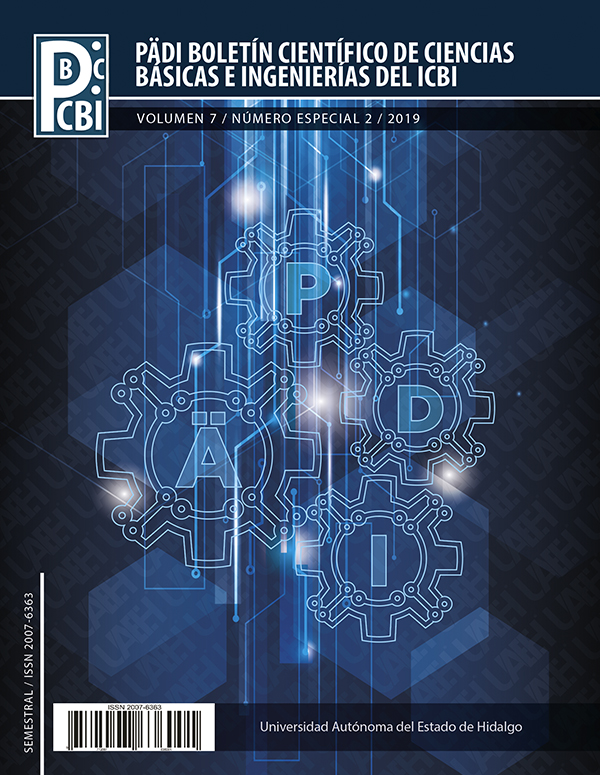Lightweight reed cover, natural components and waste materials.
Abstract
The prototype of a flat roof for the Mixquiahuala de Juárez region is presented, which aimed to be a light, self-constructive and important load carrying alternative. Due to its economic limitation, it was determined to use vernacular techniques that used in its preparation, components taken directly from nature and waste materials, which resulted in the idea of a roof that, while being an alternative of low energy consumption, would offer the possibility of being bioclimatic. In this tenor, and using the wooden reed and polines as structural components, a uniformly distributed load transfer scheme of a surface type to a linear type was conceptualized that allowed loads to be transferred to the structure of the walls. Similarly, based on an experimental analysis based on the empirical experience, the design of the mortar was developed using local land and manure as a cement, grass as aggregate and an internal structure as a reinforcing mesh based on rooms reed cane. The result was a light and uniform structure capable of withstanding the point load on a surface of 40x40 cm. of more than three hundred and fifty kilograms with a minor deformation. Although the test carried out is empirical and only based on its compression load capacity, we consider that the proposal developed as a roof covering fulfills its task satisfactorily.
Downloads
References
Consejo Nacional de Evaluación de la Política de Desarrollo Social. (2018). Estudio Diagnóstico del Derecho a la Vivienda Digna y Decorosa 2018. Ciudad de México: CONEVAL.
Gama Castro, J., Cruz y Cruz, T., Pi Puig, T., Alcalá Martínez, R., Cabadas Baez, H., Jasso Castañeda, C., . . . Vilanova de Allende, R. (2019). Arquitectura de tierra: el adobe como material de construcción en la época prehispánica. Boletín de la Sociedad Geológica Mexicana, 177-188.
Mendez, F. (2011). Criterios de diseño bioclimático para viviendas en San Pedro Sula.
Ministerio de Vivienda, Construcción y Saneamiento. (07 de Abril de 2017). Norma E.080 Diseño y Construcción con Tierra Reforzada.
Minke, G. (2005). Manual de construcción en tierra. Kassel: Fin de siglo.
Naciones Unidas. (2017). Nueva Agenda urbana. Secretaría de Habitat III.
Pérez Herrera, L., Neria Hernández, R., & Rodríguez Ruiz, J. (2018). La vivienda vernácula como sistema. Consideraciones sociales, identitarias y ecológicas. En J. Zarur Cortés, S. Osnaya Baltierra, & E. Toledo Toledo, Proyecto Chinantla. Hacia un diseño sustentable y en apoyo a la salud de las personas (págs. 25-47). Editorial Académica Española.
Rivera Nuñez, R. (s.f.). Análisis de las propiedades y características del carrizo para su aplicación como material de refuerzo en la construcción. México: Instituto Tecnológico de la Construcción .
W. Gerritsen, P., Ortiz Arrona, C., & González Figueroa, R. (2009). Usos populares, tradición y aprovechamiento del carrizo: estudio de caso en la costa sur de Jalisco, México. Economía, Sociedad y Territorio, 185-207.
Withney, J. (8 de Julio de 2014). Arquitectura en carrizo: materiales naturales. Obtenido de http://arqnatural04.blogspot.com/2014/07/arquitectura-en-carrizo.html













